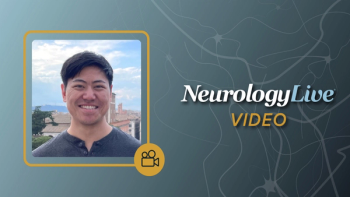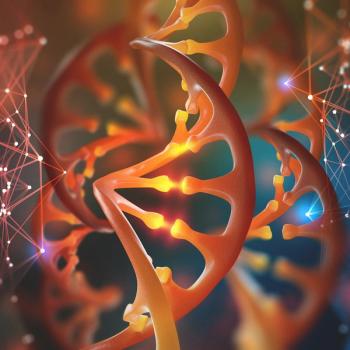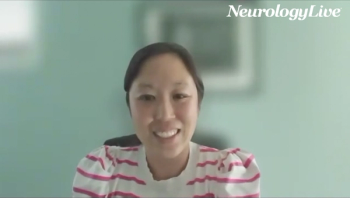
Dual Injections of 2-Vector Gene Therapy May Stabilize Disease in GM2 Gangliosidosis
Data trends suggesting stabilization of disease were seen in patients with Tay-Sachs, but more research is needed, especially for those with Sandoff disease.
A combination of bilateral intrathalamic (BiTh) and cerebrospinal fluid (CSF) injection of a 2-vector rAAVrh8 gene therapy (rAAVrh8-HexA/HexB) was well-tolerated and partially stabilized Tay-Sachs disease in children with types 1 (Sandoff [SD]) and 2 (Tay-Sachs [TS]) GM2
These data, from an open-label, phase 1 trial (NCT04669535) evaluating rAAVrh8-HexA/HexB, were presented at the
“This approach has been tested in 2 humans in an expanded access trial which we completed at UMass, and in thesepatients, there was clear evidence of HexAenzyme activity in the CSF after delivery of the 2-vector approach also some additional radiologic changes such as enhanced myelination and brain growth in the younger patients,” Flotte said.
The study has treated patients in 3 of 4 planned dose levels. These are a starting BiTh dose (STD) of 180 mcl (5.87E12 vg BiTh; 1.42E14 vg total), a low-dose (LD) of 360 mcl (1.17E13 vg BiTh; 1.95E14 vg total), and a mid-dose (MD) of 720 mcl (2.35E13 vg BiTh; 2.18E14 vg total) as well as a planned high-dose of 3.56x1014 vg total. Participants in the study received immunosuppression with rituximab, sirolimus, and corticosteroids for up to 6 months. Infants are assessed for 1 year with 4 years of long-term follow up (LTFU) and juveniles are assessed for 2 years with 3 years of LTFU. One infant each was treated at the STD and LD levels and 2 were treated at the MD level, while among juveniles, 2 were LD and 1 was MD.
READ MORE:
The updated data are from 7 patients treated in the trial, 4 infants and 3 juveniles. One juvenile and 1 infant had SD, whereas 2 juveniles and 3 infants had TS. Follow-up ranged from 2 to 24 months.Thetherapy was well-tolerated, with Flotte noting that the bithalamic, intracisternal, and intrathecal infusions were “remarkably” well-tolerated. The triple immunosuppression regimen was well-tolerated,and effector T-cell responses were treated with rescue steroid boluses. Infections did occur, including 1 fatal C. difficile colitis infection about 6 months post infusion. A notable safety finding was the incidence of dystonia in all 3 juvenile patients.
Flotte and colleagues observed dose-related increases in HexA CSF concentrations compared to natural history in patients with TS. Across patients of both subtypes, GM2 levels consistently decreased in all patients. Phenotypically, clinically meaningful observations were seen that included preserved oral feeding in all infantile patients. Other preserved abilities in some patients included the ability to lift their heads and being able to roll over. Other explorative findings include a trend of delay of seizure onset treated prior to seizure onset and an increase in myelination in the parietal lobe. In juvenile patients, subtle improvements were observed but these were confounded by the incidence of dystonia in all juveniles. Moving forward, the trial is focusing on infants.
"There’s clear evidence of clinical benefit with prolonged ability to feed and suggested evidence of delayed seizure onset of about 6 months, it appears. We’re not planning to treat juvenilepatients with this vector anymore. The plan for this study will be to complete the dose escalation and we hope set us up togo into the next trial with the bicistronic vector, which will allow us to avoid thalamic injection and potentially we thinkmore safely treat the juvenileand even late-onset patients,” Flotte concluded his presentation.
REFERENCE
Flotte TR, Cataltepe O, Gray-Edwards HL, et al. Clinical Dose-Response Relationship and Safety Profile of rAAVrh8-HexA/HexB. Presented at: 2023 ASGCT Annual Meeting; May 16-20; Los Angeles, California. Oral abstract #10
Newsletter
Stay at the forefront of cutting-edge science with CGT—your direct line to expert insights, breakthrough data, and real-time coverage of the latest advancements in cell and gene therapy.






























